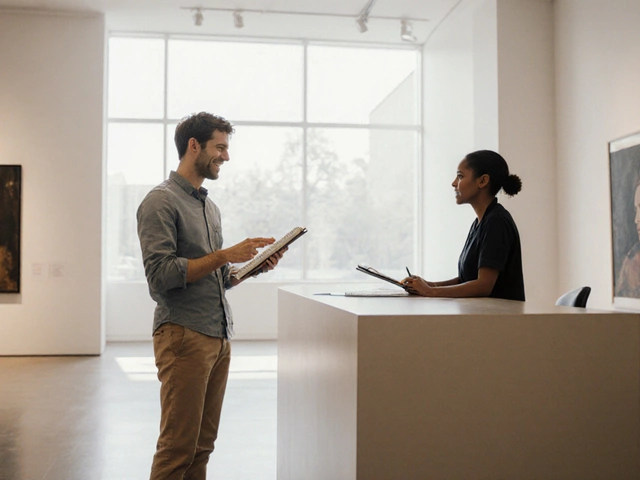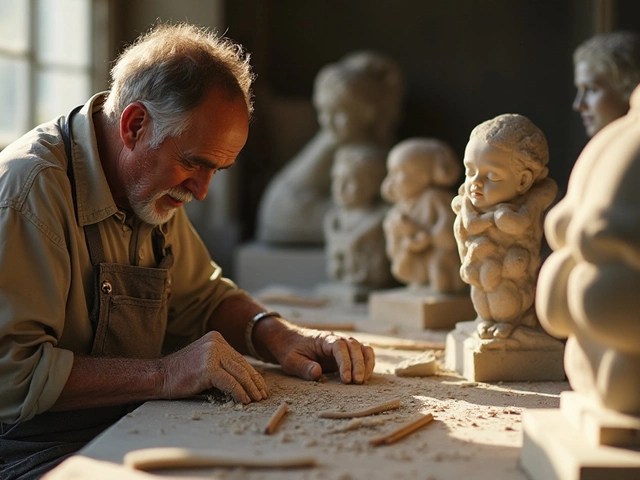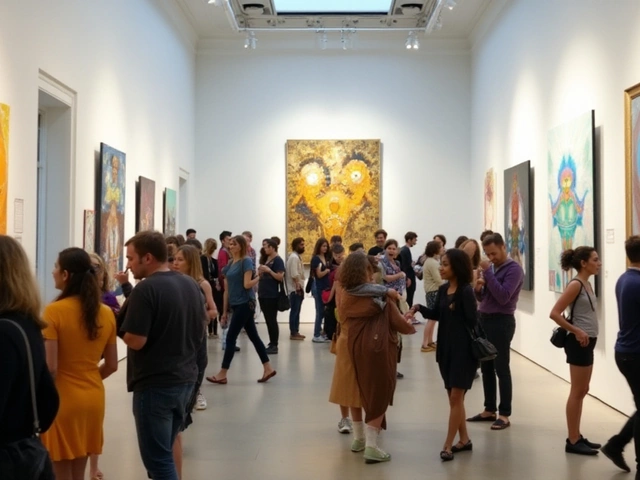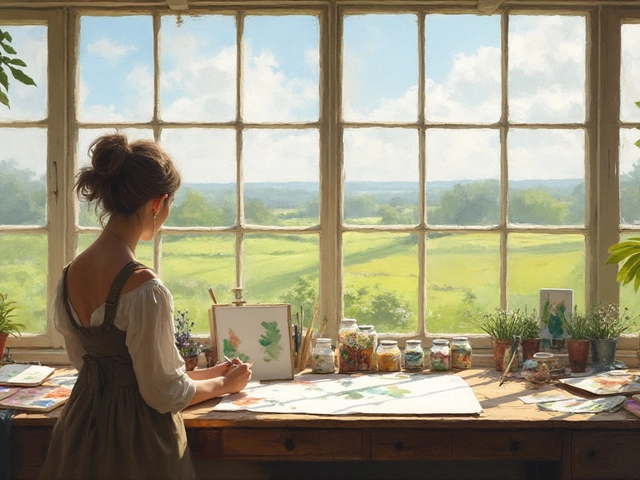Artist Tips: Boost Your Creative Practice
When working with artist tips, practical advice that helps creators improve technique, market their work, and stay inspired. Also known as creative guidance, it covers everything from studio habits to online sales strategies. You’ll notice most creators ask the same questions: how to sell digital pieces, how to place figures in a landscape, why abstract art feels chaotic, and which sculpture method fits a new idea. Below we break those questions into bite‑size tips that you can apply today.
First up, digital art, art created or enhanced with software tools like Procreate, Photoshop, or Blender. Digital art isn’t just about cool visuals; it’s a revenue engine. Knowing how to mint NFTs, set up print‑on‑demand shops, or pitch commissions can turn a hobby into a steady paycheck. Your artist tips will include step‑by‑step ways to price files, choose platforms, and protect your work online.
Next, landscape painting, the genre that captures natural scenery, often with skies, trees, and terrain. Adding people to a landscape is a classic trick that brings story and scale. The key tip is to treat figures as a compositional layer: keep their value range lighter than the background, use simplified silhouettes, and position them where the eye naturally travels. This approach makes the scene feel alive without stealing focus from the environment.
Then there’s abstract art, work that emphasizes color, shape, and gesture over realistic representation. Many think abstract art has no rules, but successful pieces often follow hidden guidelines: limit your palette to 3‑5 hues, repeat a visual motif, and balance chaos with a subtle grid. Our tips show how to set intentional constraints that spark freedom, letting you experiment without feeling lost.
Finally, sculpture techniques, methods such as carving, modeling, casting, and assembling used to shape three‑dimensional art. Picking the right technique starts with material choice—stone favors carving, clay suits modeling, plaster is ideal for casting, and mixed media works well for assembling. A quick tip list helps you match project size, budget, and desired finish to the best process, so you avoid costly trial and error.
What You’ll Find in Our Collection
Our curated posts dive deeper into each of these areas. You’ll read a step‑by‑step guide on turning sketches into market‑ready digital files, learn the history behind figures in landscapes, get a myth‑busting look at abstract art’s “no rules” reputation, and explore the four core sculpture methods with real‑world examples. Whether you’re a beginner setting up a home studio or a seasoned maker looking for fresh revenue ideas, the articles below give you clear actions, real‑world numbers, and quick checklists.
Ready to sharpen your craft, grow your audience, and make more from your art? Scroll down to discover the full range of tips that turn ideas into results.
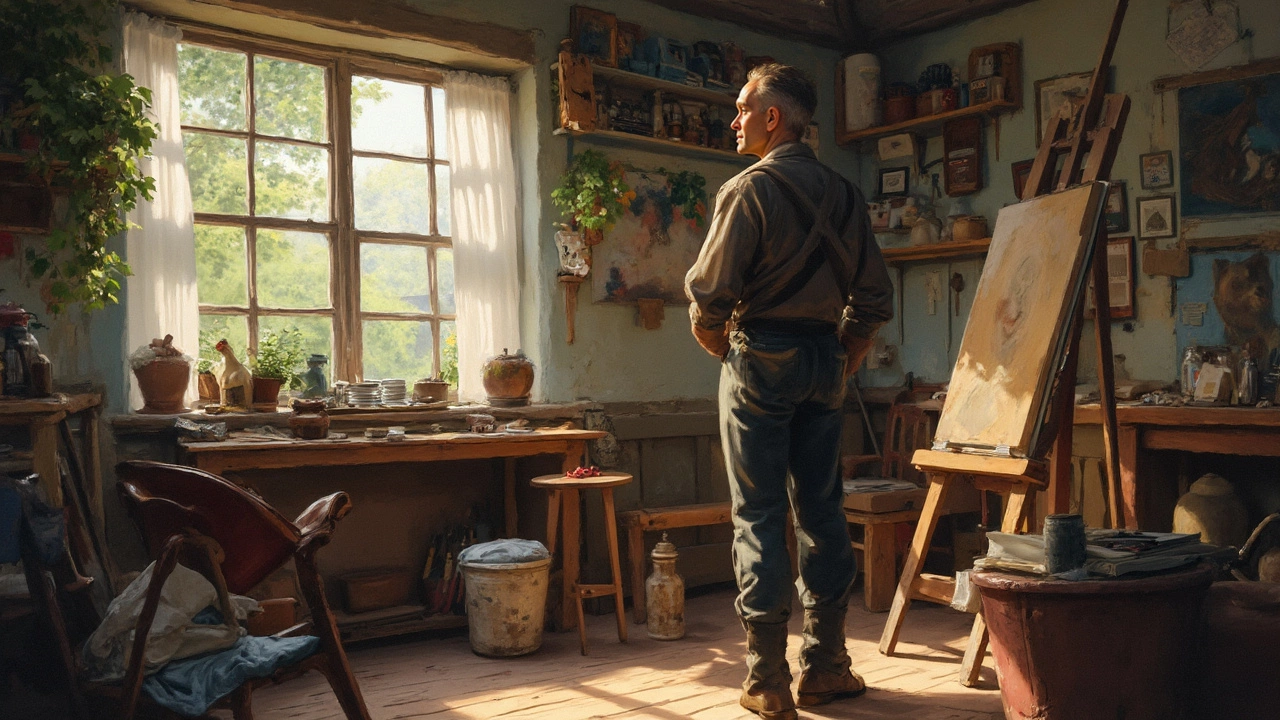
Pricing portrait paintings can be challenging, especially when balancing artistic value and real-world market demands. This article provides insights into evaluating your work's worth, considering factors like time, materials, and market trends. Learn how to research comparable prices and adjust for experience and demand to ensure your portraits are competitively priced. These tips will guide novice and seasoned artists alike in setting fair, rewarding prices for their art.
